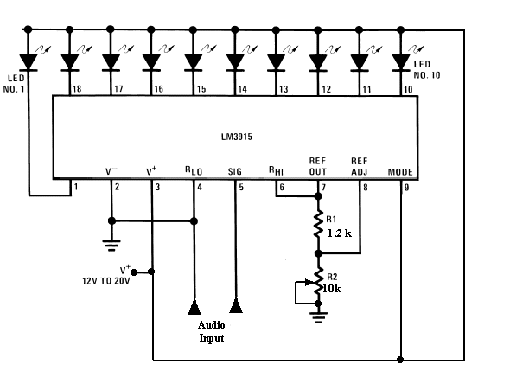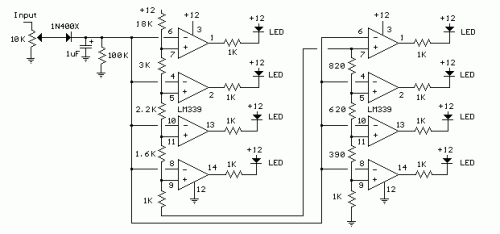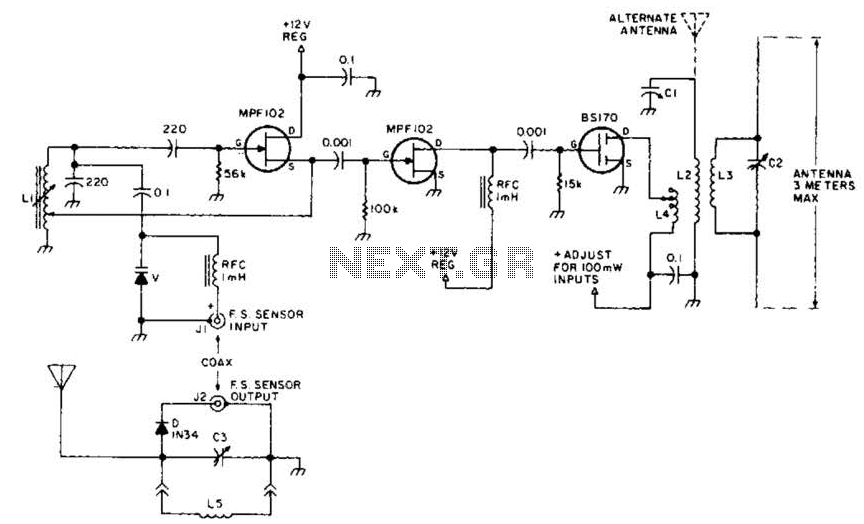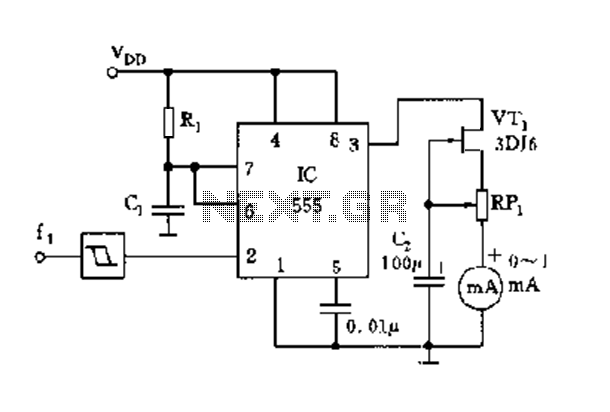
Field-strength meter II
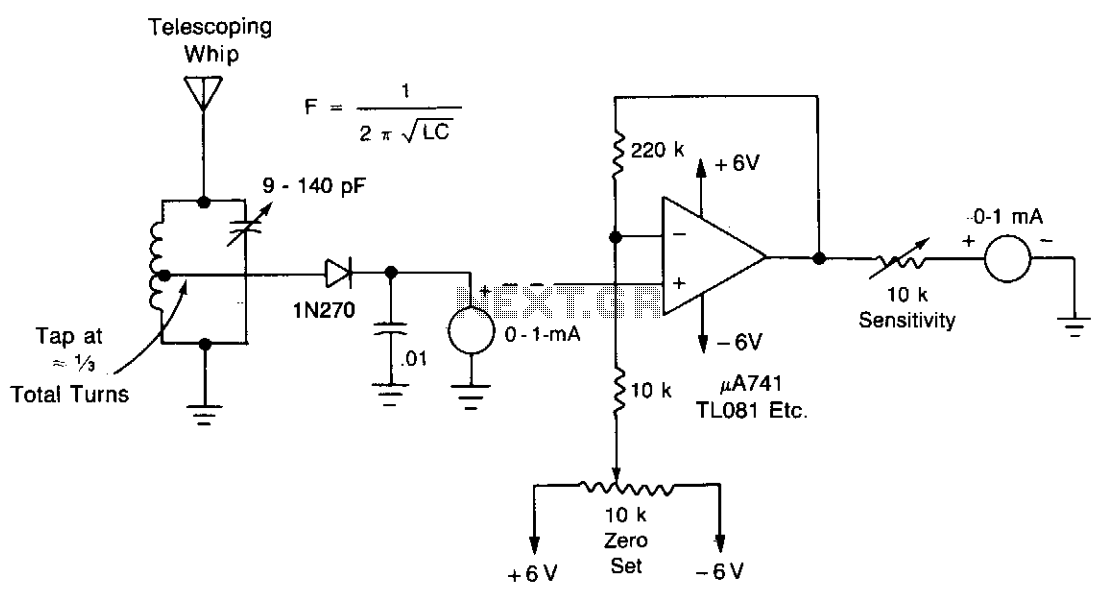
A field-strength meter with minimal components is presented here. For testing at greater distances, a DC amplifier can be added. It is recommended to use a single wire as the antenna.
The field-strength meter is a simple yet effective device used to measure the strength of electromagnetic fields. The design emphasizes minimalism, relying on a limited number of components to achieve functionality. The core of the circuit typically includes a diode, which rectifies the incoming radio frequency signals, and an analog meter or LED indicator to display the signal strength.
To enhance the range of the field-strength meter, a DC amplifier can be integrated into the circuit. This amplifier will boost the signal received by the antenna, allowing for more accurate readings at greater distances. The amplifier can be configured using operational amplifiers (op-amps) or transistors, depending on the desired specifications and complexity of the design.
The use of a single wire as an antenna is a practical approach in this circuit. This wire acts as a simple monopole antenna, which is effective for receiving radio waves. The length of the wire can be adjusted to optimize the reception for specific frequency ranges.
In summary, the described field-strength meter is a versatile tool for electromagnetic field measurement, with the potential for increased range through the addition of a DC amplifier. The straightforward design and use of a single-wire antenna make it accessible for various applications in electronics and radio frequency testing."Minimum-parts" field-strength meter is shown here. For more distant testing, add the dc amplifier. Use a single wire for antenna.
The field-strength meter is a simple yet effective device used to measure the strength of electromagnetic fields. The design emphasizes minimalism, relying on a limited number of components to achieve functionality. The core of the circuit typically includes a diode, which rectifies the incoming radio frequency signals, and an analog meter or LED indicator to display the signal strength.
To enhance the range of the field-strength meter, a DC amplifier can be integrated into the circuit. This amplifier will boost the signal received by the antenna, allowing for more accurate readings at greater distances. The amplifier can be configured using operational amplifiers (op-amps) or transistors, depending on the desired specifications and complexity of the design.
The use of a single wire as an antenna is a practical approach in this circuit. This wire acts as a simple monopole antenna, which is effective for receiving radio waves. The length of the wire can be adjusted to optimize the reception for specific frequency ranges.
In summary, the described field-strength meter is a versatile tool for electromagnetic field measurement, with the potential for increased range through the addition of a DC amplifier. The straightforward design and use of a single-wire antenna make it accessible for various applications in electronics and radio frequency testing."Minimum-parts" field-strength meter is shown here. For more distant testing, add the dc amplifier. Use a single wire for antenna.

